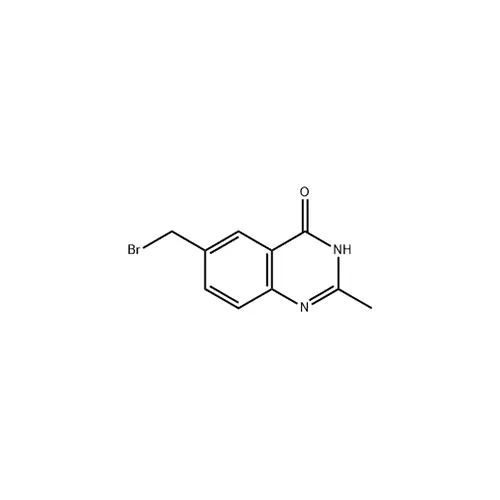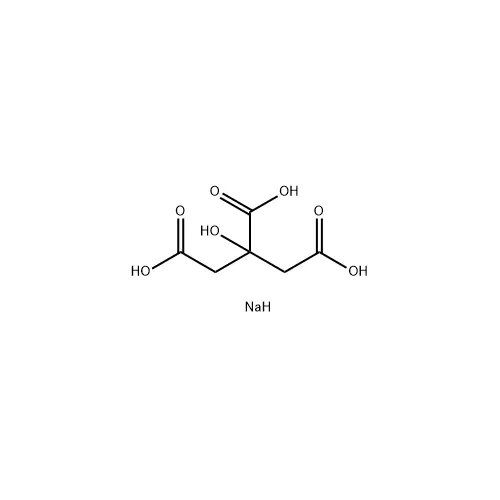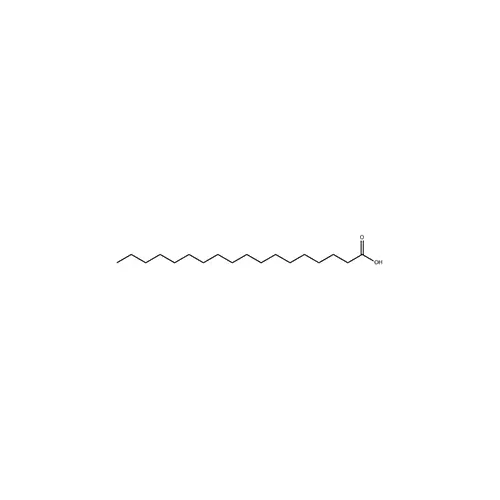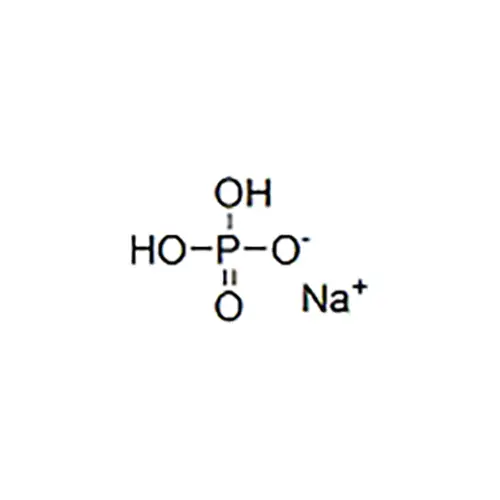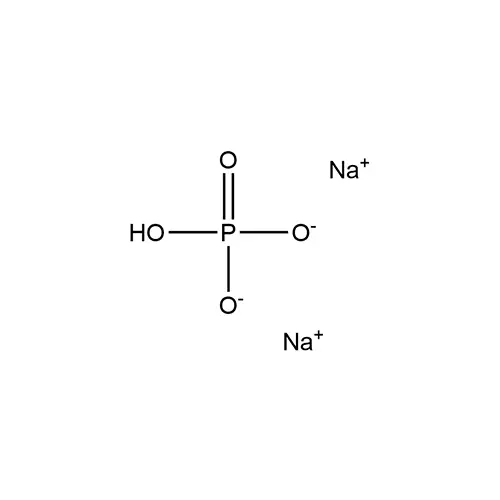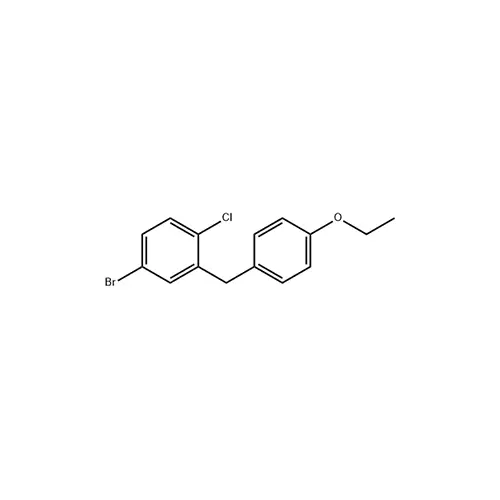

Product: Dapagliflozin
Description: CAS: 461432-23-5; Dapagliflozin manufaturer; Dapagliflozin intermediate; Diabetics
Category: Diabetics
In-stock: In Stock
Payment Method: T/T, L/C
Shipping Method: AIR, Express
Product Information
| CAS No. |
461432-23-5
|
| End Use |
Dapagliflozin
|
| M.F. |
C15H14BrIO
|
| M.W. | 325.63 |
| Assay | 98% |
| Shelf Life | 2 Years |
| Package | 25kg/drum |
| Highlight | 5-bromo-2-chloro-4'-ethoxydiphenylmethane CAS: 461432-23-5 Dapagliflozin intermediate C15H14BrIO Dapagliflozin intermediate |
Related Products
Additional Information
- 5-bromo-2-chloro-4’-ethoxydiphenylmethane can be used as intermediate in synthesis of Dapagliflozin, mainly used in laboratory research and industrial production process.
-
- 5-bromo-2-chloro-4 '-ethoxydiphenylmethane is an organic compound with the chemical formula C16H14BrClO. The following is a description of its nature, use, preparation and safety information:Nature:
-Appearance: 5-bromo-2-chloro-4 '-ethoxydiphenylmethane as a white crystalline solid.
-Melting point: about 108-110 degrees Celsius.
-Solubility: Soluble in organic solvents, such as ethanol and dichloromethane, insoluble in water.Use:
- 5-bromo-2-chloro-4 '-ethoxydiphenylmethane can be used as an intermediate or active reagent in organic synthesis. It can introduce bromine, chlorine and ethoxy functional groups in the synthesis of organic compounds.Preparation Method:
- 5-bromo-2-chloro-4 '-ethoxydiphenylmethane are generally synthesized by synthetic routes. One common method is by introducing bromine in the reaction of 2-chloro-4 '-ethoxydiphenylmethane. Specific synthetic methods can be found in the organic synthesis literature.Safety Information:
- 5-bromo-2-chloro-4 '-ethoxydiphenylmethane in use and storage need to pay attention to the following safety matters:
-Avoid contact with skin and eyes to avoid irritation and damage.
-During operation, it should be carried out in a well-ventilated environment.
-Avoid inhalation or ingestion to avoid poisoning.
-When storing, avoid contact with oxidants and strong acids to avoid dangerous reactions.
-After use and disposal, properly dispose of waste and follow local waste management regulations.

